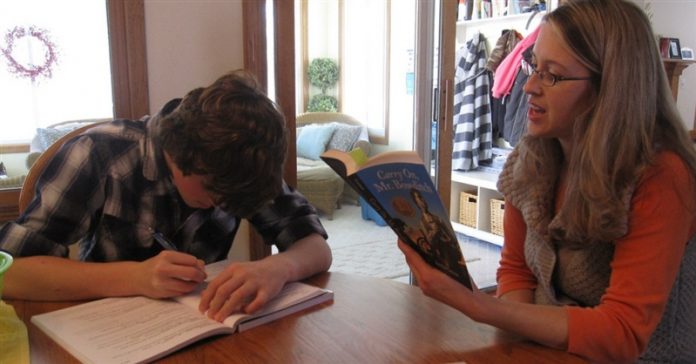[ad_1]
A government survey released last week showed interest in homeschooling appears to have leveled off in the last five years. Education analysts pointed to the results as evidence the homeschooling “fad” had reached its peak after three decades, but homeschooling experts disputed that conclusion—and the data it’s based on.
Before he reviewed the numbers, Brian Ray with the National Home Education Research Institute expressed doubt about their accuracy. But when he drilled down to state-level data, he knew for sure the federal researchers missed something.
“I don’t think I can say there’s an obvious problem,” he said of the government data. “But what they found defies what’s on the ground in state-specific data.”
Ray collected data from 15 states that had numbers for the same five-year timeframe covered by the federal surveys. While one state saw a 3.4-percent decline in the number of homeschool students, 11 saw significant increases, ranging from 10.3 percent to 94.7 percent. One county logged a 203-percent increase in homeschoolers between 2012 and 2016. Taken together, the overall increase averaged out to 26 percent.
The state-level homeschool numbers bear out what Ray has heard anecdotally from homeschool organizations and vendors, both of whom say interest in educating children at home has continued to grow.
Although Ray didn’t do a detailed analysis of the federal survey methodology, he suggested several areas that could have compromised the homeschooling information. The survey covers multiple aspects of education, not just homeschooling, and parents who opt out of traditional schools might not have had much interest in participating. Add to that reticence among homeschoolers to draw the attention of government officials, and Ray suspects homeschoolers were underrepresented in the federal survey.
Before the government released its survey results, Ray issued his own estimates of homeschool growth. In early 2016, he put the number of homeschool students at about 2.3 million—4.5 percent of the overall school-age population—with an estimated annual growth rate of 2-8 percent.
Courtesy: WORLD News Service
Photo courtesy: Flickr.com
Publication date: October 13, 2017
[ad_2]
Source link
